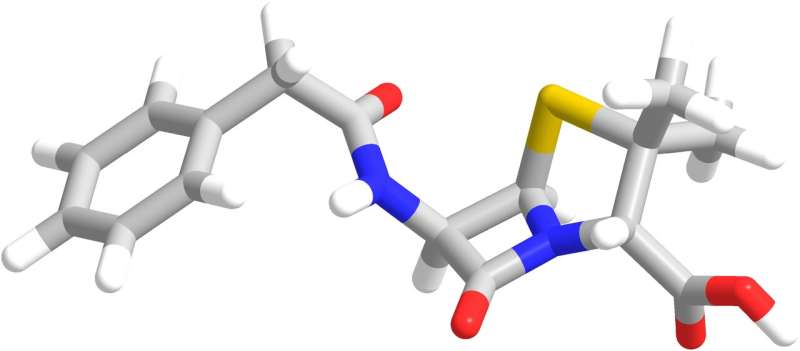Innovative PET Tracer Enables High-Resolution Imaging of Brain Inflammation

A new PET tracer, ¹⁸F-PDE-1905, enables detailed imaging of brain inflammation, offering promise for earlier diagnosis and personalized treatment of neurodegenerative diseases.
A groundbreaking PET radiotracer has demonstrated the capability to produce detailed images of active brain inflammation in real-time, according to recent research presented at the Society of Nuclear Medicine and Molecular Imaging 2025 Annual Meeting and published in the Journal of Nuclear Medicine. This novel imaging agent, named ¹⁸F-PDE-1905, specifically targets phosphodiesterase 4B (PDE4B), an enzyme involved in inflammatory signaling within microglial immune cells in the central nervous system.
Current PET imaging methods primarily use tracers that focus on TSPO, a marker that is widely expressed across various cell types related to neuroinflammation. In contrast, ¹⁸F-PDE-1905 offers a more specific approach by directly visualizing microglial activation, which is an early indicator of neurodegenerative and psychiatric disorders.
Researchers analyzed genomics data to assess PDE4B expression in diseases such as Parkinson's and multiple sclerosis. They developed mouse models of neuroinflammation and performed dynamic PET scans using ¹⁸F-PDE-1905, alongside the traditional TSPO-specific tracer ¹⁸F-D2-LW223. The results showed higher uptake of the new tracer in diseased brains, indicating increased inflammation. Notably, ¹⁸F-PDE-1905 provided superior image clarity and broader brain distribution, highlighting its potential for precise neuroinflammation imaging.
Bioinformatics analysis confirmed elevated PDE4B levels in both human patients and mouse models of neuroinflammatory diseases. This increased enzyme activity was correlated with higher tracer uptake in imaging studies. By targeting PDE4B directly, ¹⁸F-PDE-1905 can visualize inflammatory processes more accurately and earlier than existing methods.
This advancement in PET imaging technology could lead to earlier diagnosis, better monitoring of disease progression, and tailored therapies for conditions like Alzheimer's, Parkinson's, ALS, and multiple sclerosis. The approach signifies a shift towards more targeted, personalized treatment strategies in neurology, emphasizing the importance of precise neuroinflammation assessment for improved patient outcomes.
Stay Updated with Mia's Feed
Get the latest health & wellness insights delivered straight to your inbox.
Related Articles
Are You Truly Allergic to Penicillin? A Pharmacist Reveals the Truth Behind Common Mislabeling
Many people are incorrectly labeled as allergic to penicillin, which can impact treatment options. Learn how testing can clarify your allergy status and improve healthcare outcomes.
Revolutionary AI System Accelerates Cardiac Scan Analysis, Enhancing Early Detection of Coronary Artery Disease
A new AI system developed in Singapore accelerates cardiac scan analysis from hours to minutes, enabling earlier detection and better prediction of coronary artery disease. The technology promises significant improvements in healthcare efficiency and patient outcomes.
Severe Obesity Linked to Lower Rates of Recommended Cancer Screenings
Severe obesity is associated with significantly reduced participation in recommended cancer screenings, highlighting the need for improved access and tailored healthcare strategies for high BMI populations.
U.S. Grants Final Approval to Novavax COVID-19 Vaccine Amid Delays and New Restrictions
The U.S. has officially approved Novavax's COVID-19 vaccine Nuvaxovid, with new restrictions limiting its use to certain high-risk groups, following a delayed approval process.



